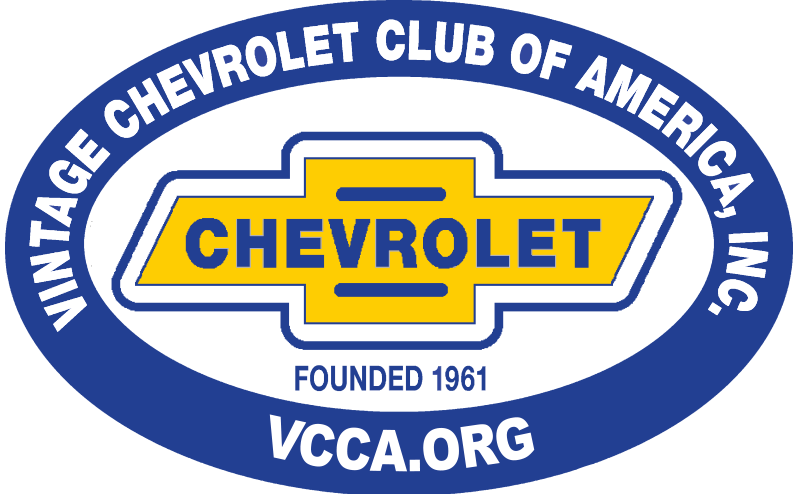I have the repair manual that is a reprint from days long past. I am putting the head back on and there is a pattern for tightening the head bolts but no torque specs.
Where can I find this type of information?
Hello 29Red4,
Suggest going online and look for 'torque values for bolt sizes' or similar wording. In order to understand what torque charts tell you, it's important to learn what is meant by bolt size, thread pitch size, grade of bolt (hardness), lubed or dry, standard or metric and not mistaking inch lbs or foot lbs. Online you should also learn how bolts are identified by their markings. Be sure to clean all thread holes in the engine block with a bottoming tap and blow holes out with air hose. inspect head bolts and threads for stretch as these may not make torque and break. Use paint marker to mark torqued bolts to keep you on track.
Thanks for the reply,
That is all good information but there must be somebody who can tell me what the torque specs are for the head bolts on this engine.
Anyone?
Here's a thread from the old site that may be of help. I don't believe Chevy specified a torque value until later. I used 80 lb/ft in three steps on my 38.
7046 old site posts
Save a life, adopt a senior shelter pet
There are many good people. If you can't find one, be one.
1938 Master Business Coupe
1953 210 Sedan
Hi 29Red4
I think the fact is, there never were any head bolt torque specifications from Chevrolet in 1929.
A search through the Chevrolet Service News turns up nothing.
The likely reason for this was that very few people had a torque wrench anyway.
Most mechanics tightened by the "feel" of things, and did so quite successfully.
Your head bolts are the same size and thread pitch as those on my '46.
There WAS a specification in 1946, and it was 75-80 ft/lbs.
BUT...
That would mean head bolts were of at least grade 5 quality in 1946, but they may not have been of the same quality in 1929.
It's been a long time since I torqued the head on my '29, and I hate to make recommendations in case they go wrong, but...
Heed Harry's suggestions.
If it were me and mine, I'd torque in steps up to at least 50 ft/lbs.
Then (if it were mine) I'd judge how solid the bolts felt coming up to spec, and decide if I wanted to go any higher.
I probably wouldn't go higher than 60-65 ft/lbs, but, off the top of my head, that's where I'd be heading.
BE CAREFUL!
Bolts should torque up with a "solid" feel, and never feel "mushy".
The above is for dry threads.
If oiled, use lower torque values.
Good luck! 🙂
PS
I torqued my '46 to the same spec Tiny used on his '38.
And I used a little oil.
But I've tightened a lot of bolts, and use "feel" even with the torque wrench. 🙂
Ole S Olson
Saskatoon, Sask, Canada
1946 DR 3/4 ton stake
1139 old site posts
When BearsFan315 worked on his 1929, this is the listed he came up with. He said they are more like a guideline in lieu of Law.
Powertrain Components
Piston Pin Bolt: 25 - 30 ft-lb
Main Bearing: 75 - 80 ft-lb
Rod Bearing: 25 - 35 ft-lb
Oil Pan Bolts (Corner): 12 1/2 - 15 ft-lb
Oil Pan Bolts (Rail): 6 - 7 1/2 ft-lb
Timing Gear Cover: 6 - 8 ft-lb
Cylinder Head Bolt: 60 - 70 ft-lb
Rocker Arm Bolt: 25 - 30 ft-lb
Spark Plug: 20 - 25 ft-lb
Flywheel Bolt: 50 - 60 ft-lb
Most common head torque recommended for the 1929 from other forum users follows:
Used bolts 50 to 60 ft lbs.
New bolts 70 to 80 ft lbs.
These values were gleaned from the old chat site. There is not Chevrolet recommended head bolt torque values for 1929. I would lean to using the lower values (50 ft lbs. used, 70 ft lbs. new). Make sure the threads are clean on the bolts and the block. Dirty threads will give a bad reading. Heads generally are torqued in three steps. For instance, 30 ft lbs., 40 ft lbs. then final 50 ft lbs.
Additionally, heads on the early six cylinders easily develop cracks. New heads are extremely hard to find.
The Filling Station has torque values by bolt size and thread pitch (not by what they are used on) in their Technical section on their website.
With these old engines, caution is warranted.
Thanks to all who replied.
I did some extensive searching also and have a plan. All bolts will be thoroughly cleaned and the block threads chased with a tap and cleaned also. I will carefully tighten with the pattern in the manual in 3 steps using the new gasket from The Filling Station and shoot for 55 pounds.
I appreciate the help. My engine was apparently rebuilt in 1990 and had very little use after that. The hone marks in the cylinders look fresh and other than upgrading to a geared oil pump she is going back together.
Ole S Olson
Saskatoon, Sask, Canada
1946 DR 3/4 ton stake
1139 old site posts


